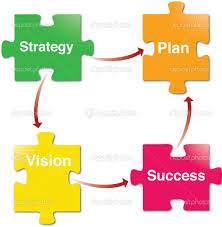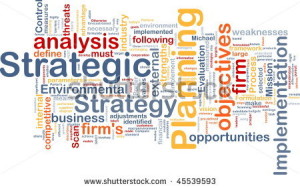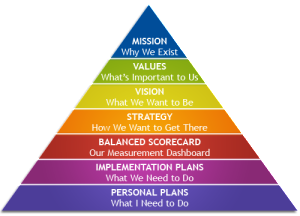 How will you be feeling at the end of this school year? Will you be able to look at what you have achieved or will you be like so many librarians who are exhausted, knowing they worked hard but not being sure what they accomplished? Among the many workshops I present, one of my favorites is Plan for Success—or Plan to Fail: Small Scale Strategic Planning.
How will you be feeling at the end of this school year? Will you be able to look at what you have achieved or will you be like so many librarians who are exhausted, knowing they worked hard but not being sure what they accomplished? Among the many workshops I present, one of my favorites is Plan for Success—or Plan to Fail: Small Scale Strategic Planning.
You may think strategic planning is for business or for organizations such as AASL or your state library association, and you are partly correct. They do develop three-year plans with the help of a facilitator and sometimes focus groups. That is beyond what you can or need to do. You can develop a strategic plan for your program by yourself—or with the help of a few colleagues if you know what is involved.
To create a strategic plan, you must have a Vision (or a huge, audacious goal), a Mission Statement, Goals, and Action Plans. Your Vision should be how your program would be if it were a perfect world. It may be unattainable for now (or maybe ever) but that’s what you most want. Your Mission Statement defines your purpose, your reason for being. Keep both statements under 50 words and make sure they are compelling, and appealing to anyone who would use or visit you library. Mission and Vision Statements should be hung near the circulation desk for all to see.
Goals should be an outgrowth of the Vision and Mission and be ongoing for several years. For example, you might want to increase leisure reading by students or expand student awareness and skills in using databases and web resources. Don’t have too many Goals. For each one you need one or more Action Plans. An Action Plan for the first example might be to create a school-wide reading program while for the second it could be to work with teachers on a pro/con paper including an annotated bibliography for all sources.
 Your Action Plans need to written below the Goal to which they apply along with three key components: Who, When, and How Did It Go. Who specifies the person responsible for each step in carrying out the plan. When identifies the start and completion date, and the last step is an honest assessment of where it worked and where it didn’t. Don’t be afraid to make adjustments as needed to be sure the Strategic Plan stays active.
Your Action Plans need to written below the Goal to which they apply along with three key components: Who, When, and How Did It Go. Who specifies the person responsible for each step in carrying out the plan. When identifies the start and completion date, and the last step is an honest assessment of where it worked and where it didn’t. Don’t be afraid to make adjustments as needed to be sure the Strategic Plan stays active.
At the end of the year, review your Strategic Plan and develop new Action Plans for your Goals. If you have questions, post them here or on the School Librarian’s Workshop Facebook page.
